
Evidence-based practice in nursing & healthcare : a guide to best practice / Bernadette Mazurek Melnyk, Ellen Fineout-Overholt.
Material type: TextPublication details: Philadelphia : Wolters Kluwer/Lippincott Williams & Wilkins, c2011Edition: 2nd edDescription: xxii, 599 p. : col. ill. ; 26 cm. + 1 CD-ROM (4 3/4 in.)ISBN: 9781605477787; 1605477788Other title: Evidence-based practice in nursing and healthcare [Other title]Subject(s): Evidence-based nursing | Evidence-based medicine | Evidence-Based Nursing -- methods -- Practice Guideline | Nurse Clinicians -- Practice GuidelineGenre/Form: CD-ROMsDDC classification: 610.73 Online resources: Publisher description | Table of contents only
TextPublication details: Philadelphia : Wolters Kluwer/Lippincott Williams & Wilkins, c2011Edition: 2nd edDescription: xxii, 599 p. : col. ill. ; 26 cm. + 1 CD-ROM (4 3/4 in.)ISBN: 9781605477787; 1605477788Other title: Evidence-based practice in nursing and healthcare [Other title]Subject(s): Evidence-based nursing | Evidence-based medicine | Evidence-Based Nursing -- methods -- Practice Guideline | Nurse Clinicians -- Practice GuidelineGenre/Form: CD-ROMsDDC classification: 610.73 Online resources: Publisher description | Table of contents only
Contents:
Summary: From the Publisher: This best-selling, user-friendly resource to evidence-based practice serves as a guide to implementing evidence-based practice in nursing and healthcare. "Real-life" examples assist the reader in actualizing important concepts and overcoming barriers in the implementation of evidence-based care.
Unit 1: Steps Zero, One, Two: Getting Started -- 1: Making the case for evidence-based practice and cultivating a spirit of inquiry -- 2: Asking compelling, clinical questions -- 3: Finding relevant evidence to answer clinical questions -- Unit 2: Step Three: Critically Appraising Evidence -- 4: Critically appraising knowledge for clinical decision making -- 5: Critically appraising quantitative evidence for clinical decision making -- 6: Critically appraising qualitative evidence for clinical decision making -- Unit 3: Steps Four And Five: Moving From Evidence To Action -- 7: Patient concerns, choices, and clinical judgment in evidence-based practice -- 8: Advancing optimal care with clinical practice guidelines -- 9: Implementing evidence in clinical settings -- 10: Role of outcomes in evaluating practice change -- Unit 4: Creating And Sustaining A Culture For Evidence-Based Practice -- 11: Models to guide implementation of evidence-based practice -- 12: Creating a vision and motivating a change to evidence-based practice in individuals, teams, and organizations -- 13: Teaching evidence-based practice in academic settings -- 14: Teaching evidence-based practice in clinical settings -- 15: ARCC evidence-based practice mentors: the key to sustaining evidence-based practice -- Unit 5: Step 6: Disseminating Evidence And Evidence-Based Practice Implementation Outcomes -- 16: Disseminating evidence through publications, presentations, health policy briefs, and the media --
Unit 6: Next Steps: Generating External Evidence -- 17: Generating evidence through quantitative research -- 18: Generating evidence through qualitative research -- 19: Writing a successful grant proposal to fund research and evidence-based practice implementation projects -- 20: Ethical considerations for evidence implementation and evidence generation -- Appendix A: Case examples: Evidence-based care and outcomes in depressed adults and in critically ill children -- Appendix B: Template for asking PICOT questions -- Appendix C: Walking the walk and talking the talk: an appraisal guide for qualitative evidence -- Appendix D: Rapid critical appraisal checklists -- Appendix E: Templates for evaluation and synthesis tables for conducting an evidence review -- Appendix F: Example of a slide show for a 20-minute paper presentation -- Appendix G: Example of a health policy brief -- Appendix H: Example of a press release -- Appendix I: Example of a successful media dissemination effort: when rocking chairs in nursing homes make the news -- Appendix J: Example of an approved consent form for a study -- Appendix K: Data and safety monitoring plan for an intervention study -- Appendix L: System-wide ARCC evidence-based practice mentor role description -- Appendix M: Timeline for an ARCC EBP implementation project -- Appendix N: Instruments to evaluate organizational culture and readiness for system-wide integration of EBP, EBP beliefs, and EBP implementation with psychometrics -- Glossary -- Index.
| Item type | Home library | Collection | Call number | Copy number | Status | Date due | Barcode | Item holds |
|---|---|---|---|---|---|---|---|---|
 Books
Books
|
Prince Sultan Military College of Health Sciences, Library | Nursing | 610.73 M44 (Browse shelf (Opens below)) | 1 | Available | 0000000023445 | ||
 Books
Books
|
Prince Sultan Military College of Health Sciences, Library | Nursing | 610.73 M44 (Browse shelf (Opens below)) | 2 | Available | 0000000023446 |
Total holds: 0
Includes bibliographical references and index.
Unit 1: Steps Zero, One, Two: Getting Started -- 1: Making the case for evidence-based practice and cultivating a spirit of inquiry -- 2: Asking compelling, clinical questions -- 3: Finding relevant evidence to answer clinical questions -- Unit 2: Step Three: Critically Appraising Evidence -- 4: Critically appraising knowledge for clinical decision making -- 5: Critically appraising quantitative evidence for clinical decision making -- 6: Critically appraising qualitative evidence for clinical decision making -- Unit 3: Steps Four And Five: Moving From Evidence To Action -- 7: Patient concerns, choices, and clinical judgment in evidence-based practice -- 8: Advancing optimal care with clinical practice guidelines -- 9: Implementing evidence in clinical settings -- 10: Role of outcomes in evaluating practice change -- Unit 4: Creating And Sustaining A Culture For Evidence-Based Practice -- 11: Models to guide implementation of evidence-based practice -- 12: Creating a vision and motivating a change to evidence-based practice in individuals, teams, and organizations -- 13: Teaching evidence-based practice in academic settings -- 14: Teaching evidence-based practice in clinical settings -- 15: ARCC evidence-based practice mentors: the key to sustaining evidence-based practice -- Unit 5: Step 6: Disseminating Evidence And Evidence-Based Practice Implementation Outcomes -- 16: Disseminating evidence through publications, presentations, health policy briefs, and the media --
Unit 6: Next Steps: Generating External Evidence -- 17: Generating evidence through quantitative research -- 18: Generating evidence through qualitative research -- 19: Writing a successful grant proposal to fund research and evidence-based practice implementation projects -- 20: Ethical considerations for evidence implementation and evidence generation -- Appendix A: Case examples: Evidence-based care and outcomes in depressed adults and in critically ill children -- Appendix B: Template for asking PICOT questions -- Appendix C: Walking the walk and talking the talk: an appraisal guide for qualitative evidence -- Appendix D: Rapid critical appraisal checklists -- Appendix E: Templates for evaluation and synthesis tables for conducting an evidence review -- Appendix F: Example of a slide show for a 20-minute paper presentation -- Appendix G: Example of a health policy brief -- Appendix H: Example of a press release -- Appendix I: Example of a successful media dissemination effort: when rocking chairs in nursing homes make the news -- Appendix J: Example of an approved consent form for a study -- Appendix K: Data and safety monitoring plan for an intervention study -- Appendix L: System-wide ARCC evidence-based practice mentor role description -- Appendix M: Timeline for an ARCC EBP implementation project -- Appendix N: Instruments to evaluate organizational culture and readiness for system-wide integration of EBP, EBP beliefs, and EBP implementation with psychometrics -- Glossary -- Index.
From the Publisher: This best-selling, user-friendly resource to evidence-based practice serves as a guide to implementing evidence-based practice in nursing and healthcare. "Real-life" examples assist the reader in actualizing important concepts and overcoming barriers in the implementation of evidence-based care.


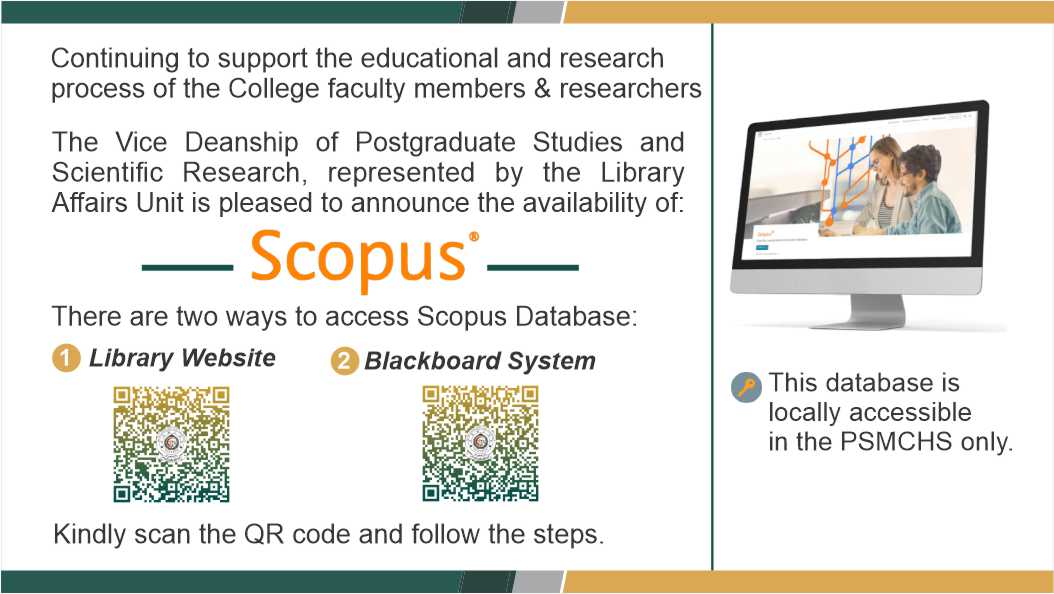
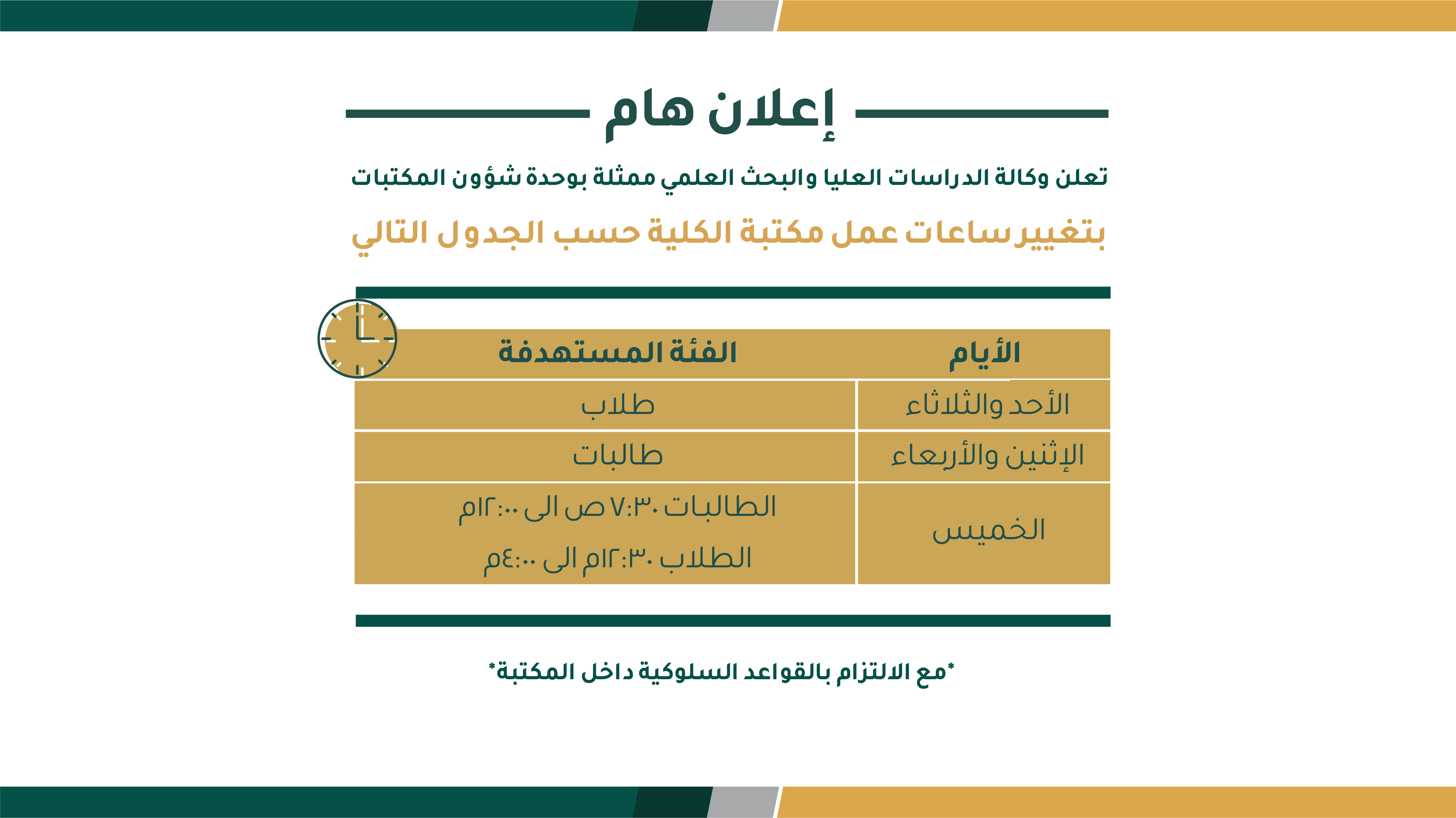
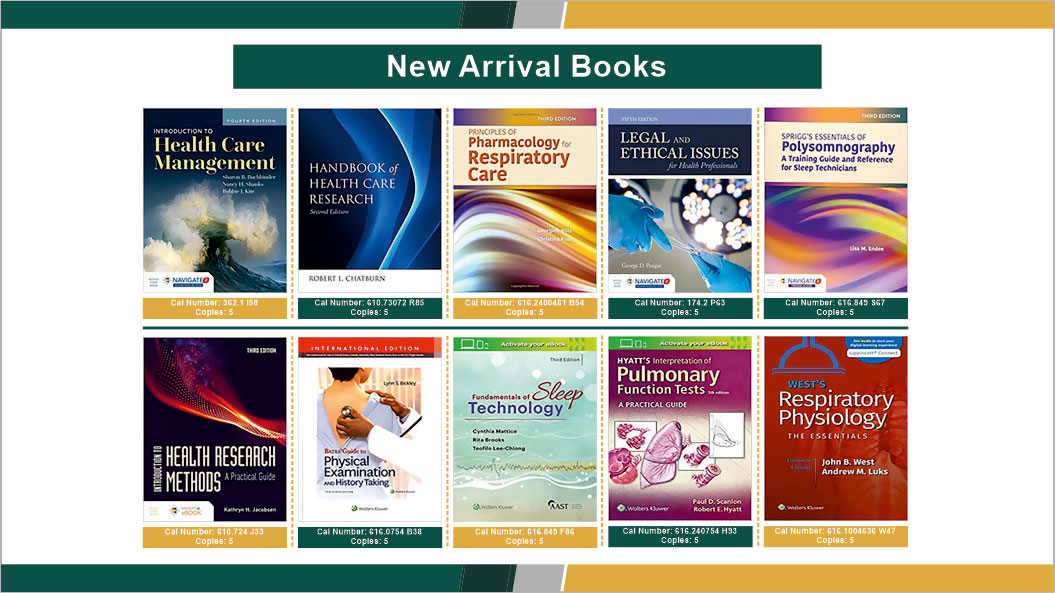
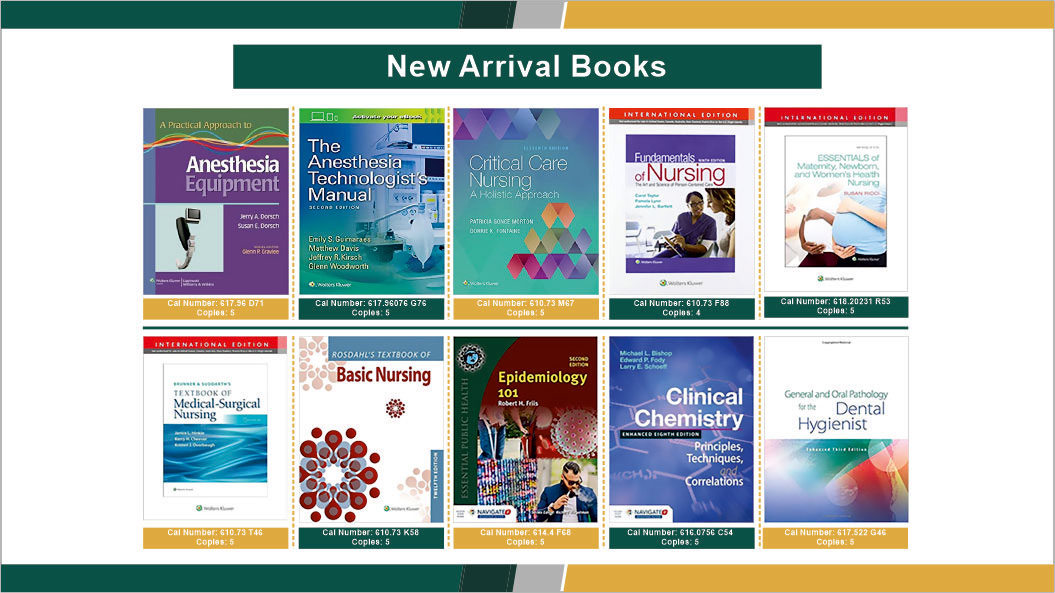
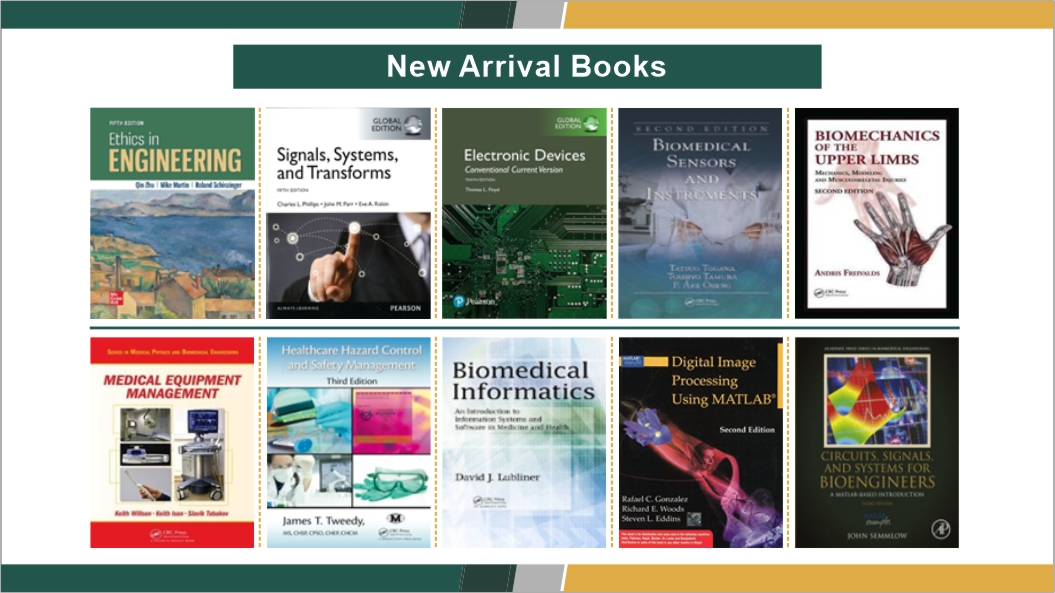
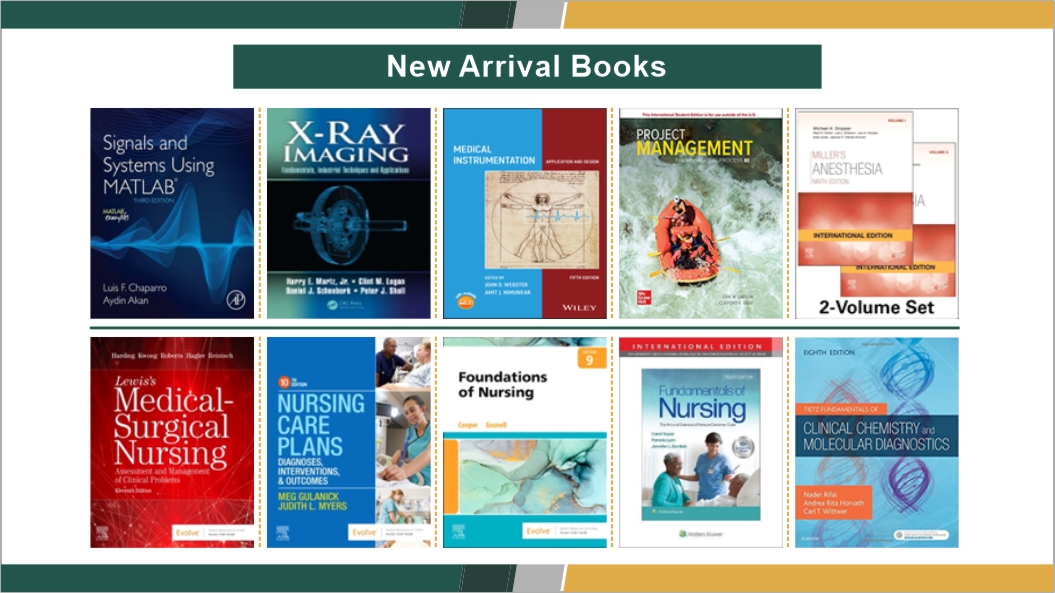
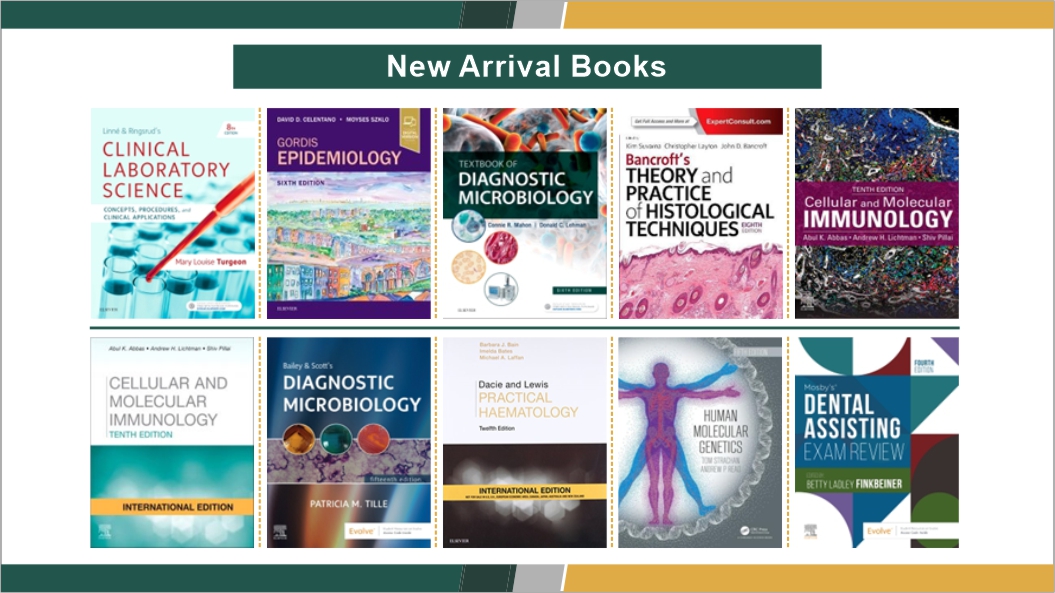
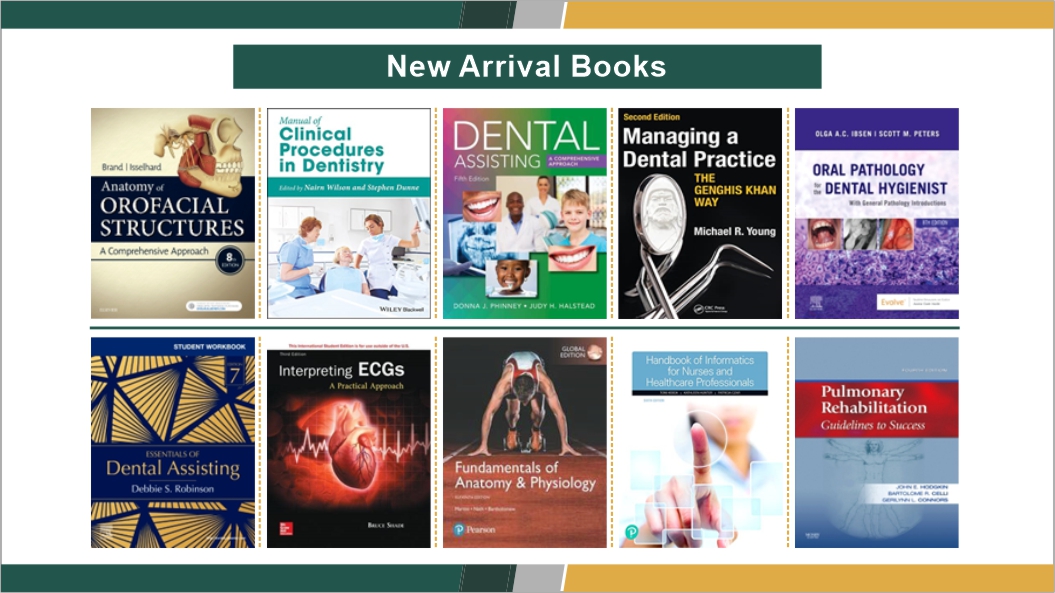
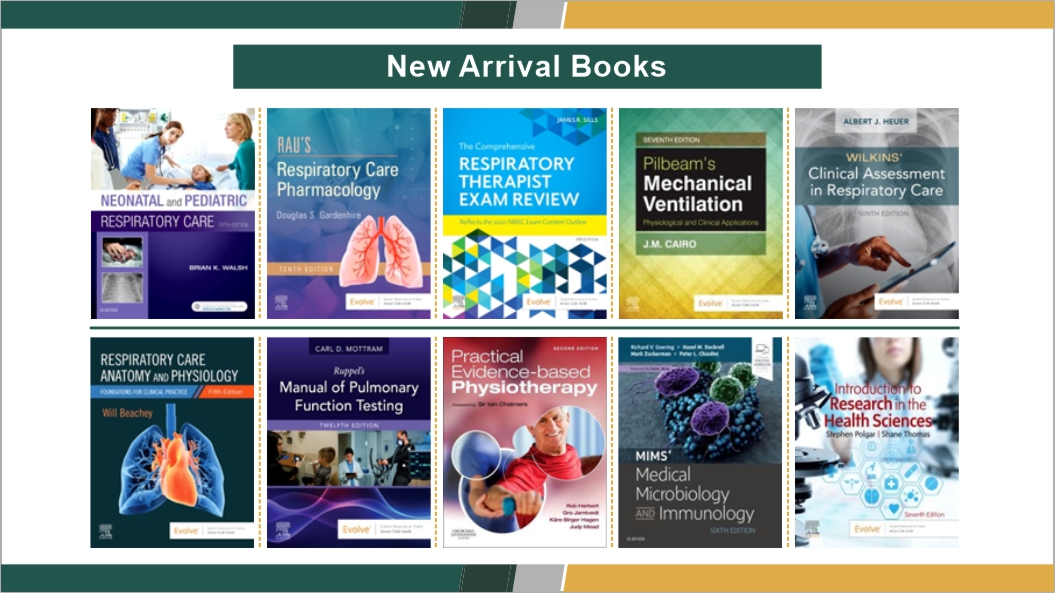
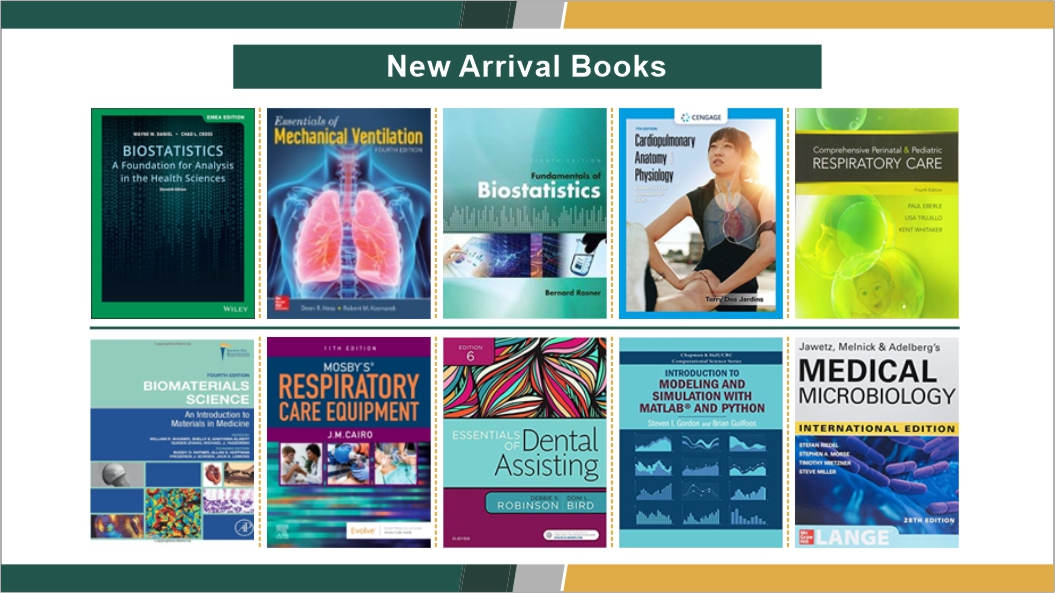
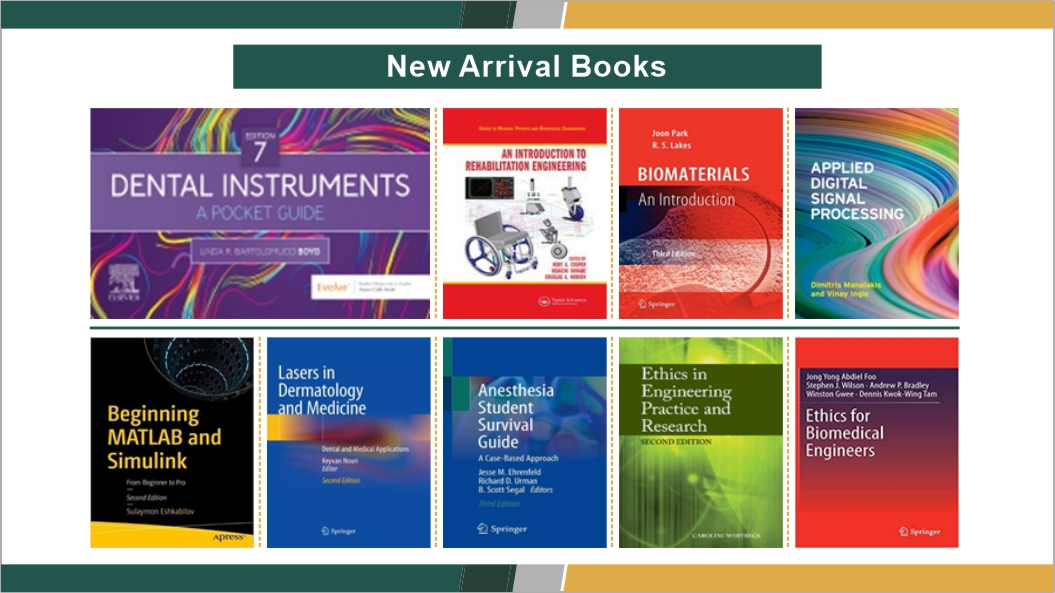

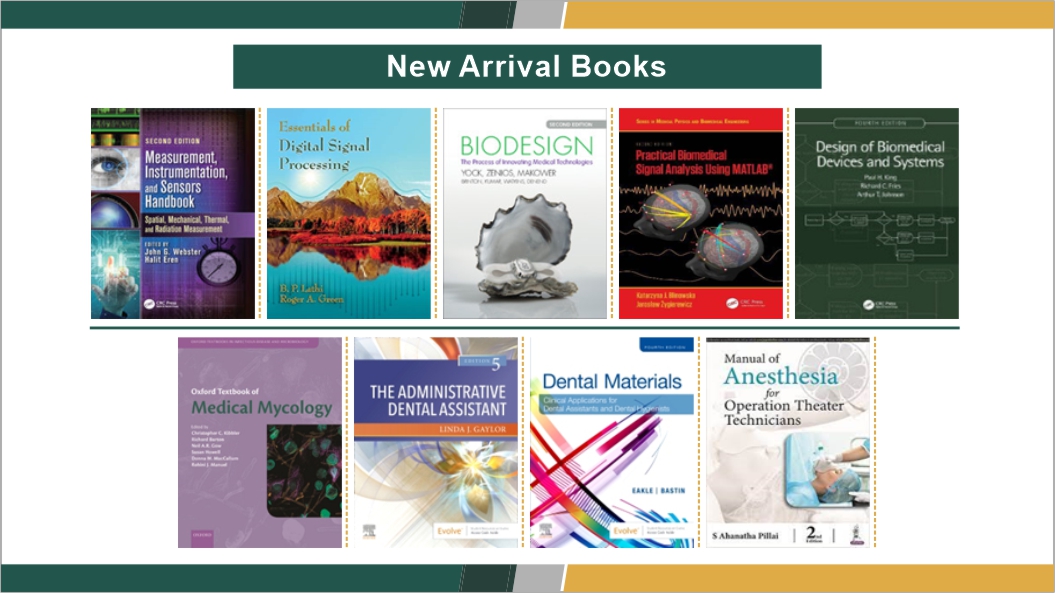

There are no comments on this title.